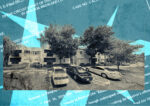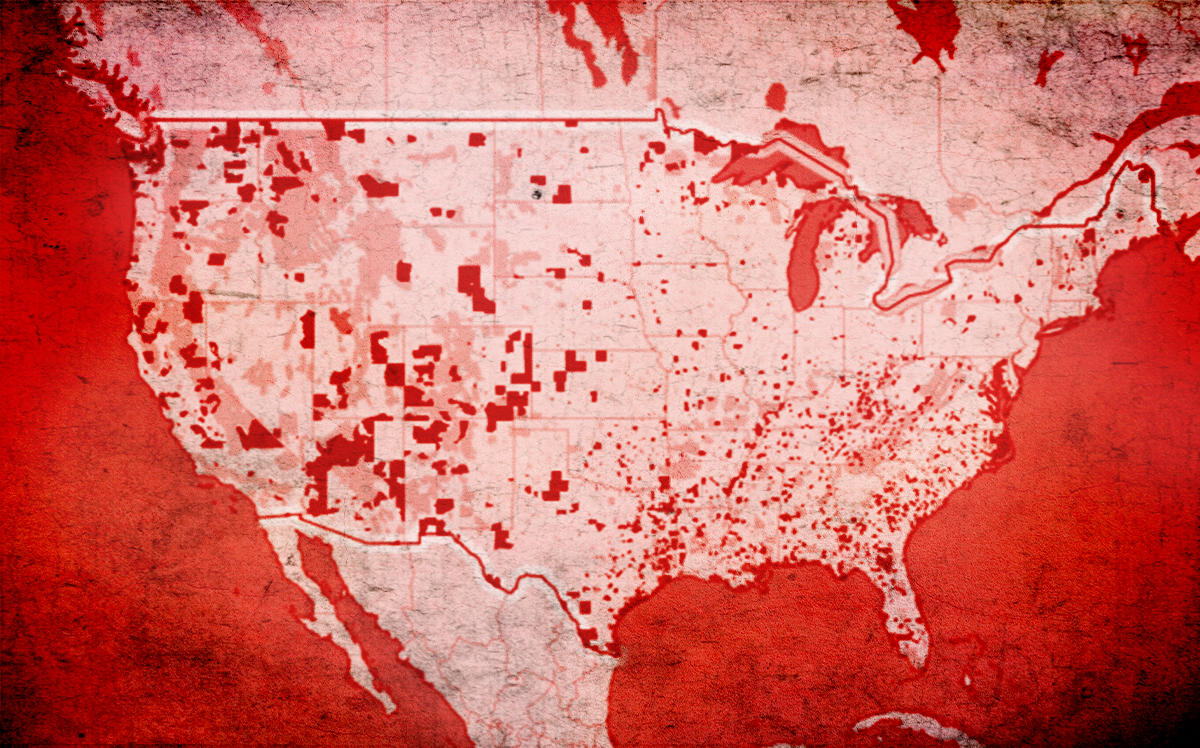The Opportunity Zone program has been a huge success for well-capitalized real estate developers, but not for the disadvantaged people it’s ostensibly designed to help.
A new study from the Urban Institute (UI) suggests that Opportunity Zones have largely failed to promote investment in local small businesses, create new jobs or boost the development of affordable housing in low-income neighborhoods across the United States. Rather, Opportunity Zones incentivize investment in real estate projects that yield high returns but do little to improve the lives of existing residents in America’s poorest communities.
The Opportunity Zone program, established as part of the Republican party’s controversial Tax Cuts and Jobs Act of 2017, allows investors who invest unrealized capital gains in “opportunity funds” to defer paying capital gains income tax on the money until 2026. These funds are then invested into economically distressed communities, dubbed “opportunity zones.” If 90 percent of the investment stays in the zone for 10 years, investors can avoid paying the capital gains taxes.
Investors have poured at least $10 billion into Opportunity Zones as of May 2020, according to accounting firm Novogradac.
Earlier this year, the Treasury Department launched a probe into the program after reports from various media outlets suggested that it served as a windfall for deep-pocketed and politically-connected real estate developers.
To evaluate whether Opportunity Zones foster “equitable development,” or investing that simultaneously improves the economic trajectory of a community and the lives of its existing residents, UI researchers interviewed about 70 mission-driven project and fund managers, developers and state agency personnel.
They found that although the program has raised the visibility of poor areas to investors that hadn’t previously engaged in community development work, the fine print of the program makes it difficult or even impossible for mission-driven projects to attract Opportunity Zone investors.
Bigger subsidies go to more profitable projects under the program, for example. This leads Opportunity Zone investors to luxury housing and other projects that yield higher profits, which affordable housing, supermarkets, hospitals and other projects that benefit local communities cannot provide.
In providing tax breaks on capital gains, the program also effectively bars lower-income residents who actually live in Opportunity Zones from participating in the funding process because they generally don’t earn income through capital gains.
“Despite involving a significant potential expenditure of taxpayer dollars, the OZ program provides no opportunity for citizen input about proposed projects, or even a role for a state or local government—or any other entity that might be accountable to low-income community residents — to prioritize the types of projects that should receive incentive once the state government has selected its Zones,” the report’s authors wrote.




